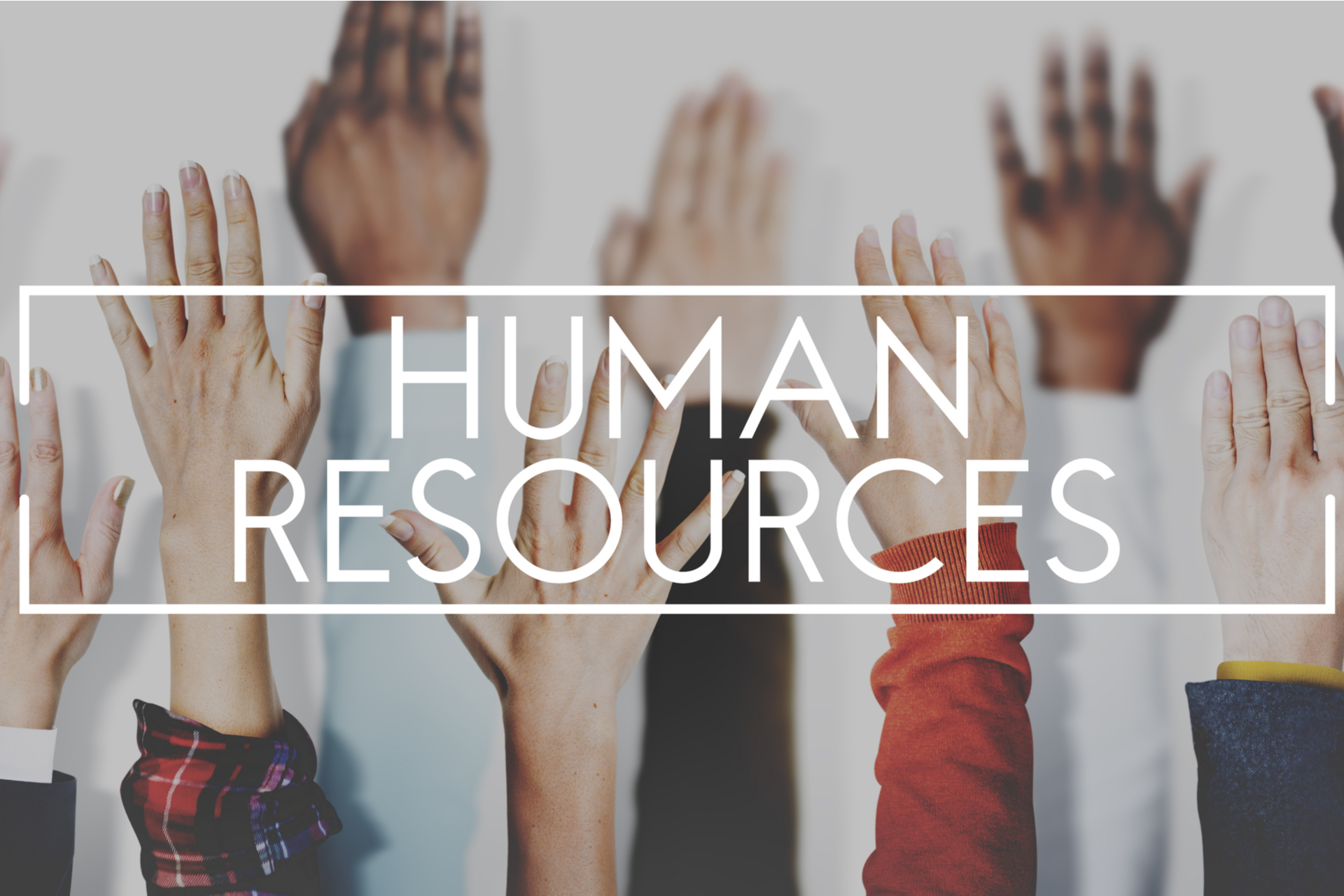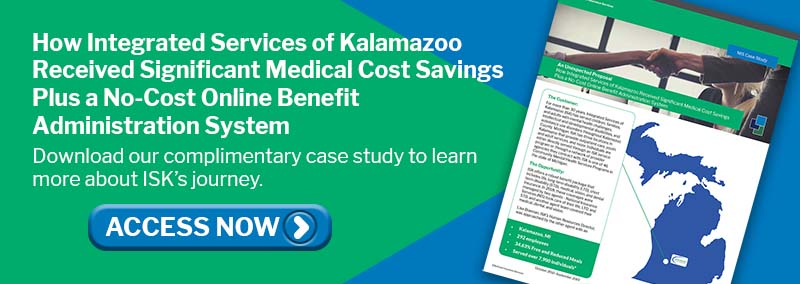2.5 minute read
The pandemic disrupted many public sector organizations in how and where we work. Right now, some are still working completely remote, others are in a hybrid situation, and some are back to working in-person with a few remote workers.
These changes have forced Human Resources Departments to come up with ways to innovate and stay on top of trends if they want to compete in the marketplace, particularly amid the COVID-19 pandemic. Here are five HR trends to watch for in 2021.
1. Employee Well-being
For 2021, there will be an increased focus on a more rounded employee well-being. Some employers are taking a holistic approach, helping employees better themselves overall, including outside the workplace. Employers may elect to use tools like mental health programs, flexible scheduling, and dependent assistance.
2. Expanded Remote Work
Many businesses shifted to remote working during the pandemic. Some employees may return to work while other employers may continue to offer remote working opportunities. Other employers have determined that some employees won’t be required to return to the office ever again.
Remote work will remain for the foreseeable future. It can serve as an attractive recruitment perk as well as give employers greater hiring flexibility and allows them to expand their talent pools.
3. Increased Employee Monitoring
With many employees working remotely, employers may increase their employee monitoring to track productivity. Monitoring software can track computer usage and things like the employee’s website traffic, time spent idle, or app activity. Employers should consider whether monitoring software is right for them and weigh the need to manage employees against the consequences of infringing on privacy.
4. Increased Inclusivity
Another significant issue last year was racial inequity. Some workplace changes may include identifying barriers to diversity in the hiring process, diversifying leadership, and greater cultural and racial inclusivity.
5. Reimagine Onboarding
With the pandemic changing the way we work, many HR functions such as hiring, training, and onboarding employees has shifted as well. Employers must find a way to transition to an entirely virtual onboard process while maintaining the same level of quality. Virtual onboarding may include remote meetings via webcam meetings, video tutorials, and other creative methods to educating new employees remotely.
Download the bulletin for more details.
This blog is intended to be a compilation of information and resources pulled from federal, state, and local agencies. This is not intended to be legal advice. For up to the minute information and guidance on COVID-19, please follow the guidelines of the Centers for Disease Control and Prevention (CDC) and your local health organizations.

